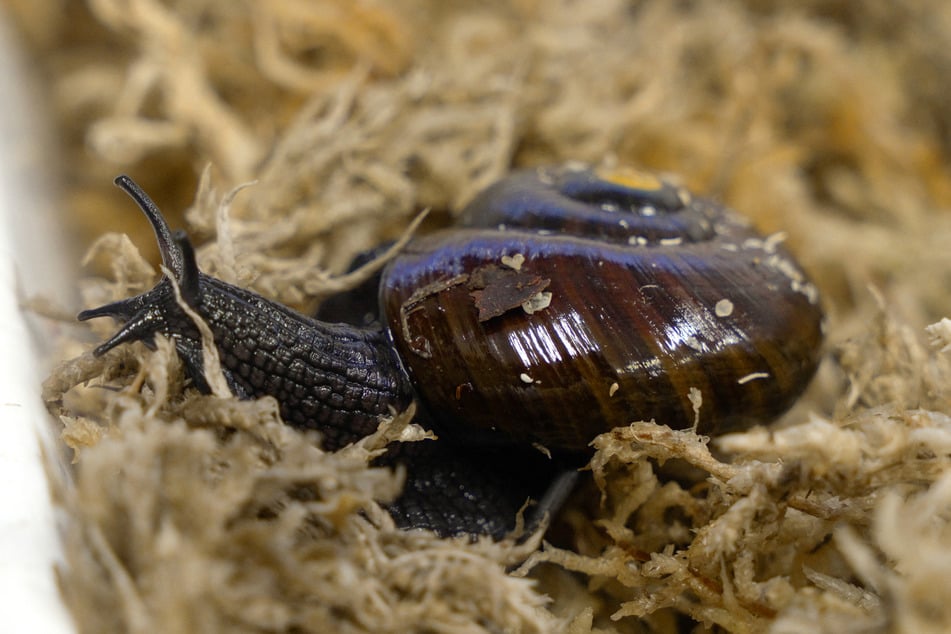Scientists are shocked to discover carnivorous snail laying eggs out of its neck
Sydney, Australia - A rare New Zealand snail has been filmed for the first time squeezing an egg from its neck, delighting scientists trying to save the critically endangered meat-eating mollusk.

What the shell?!
Threatened by coal mining in New Zealand's South Island, a small population of the Mount Augustus snail was transplanted from its forest habitat almost 20 years ago to live in chilled containers tended by humans.
Little is known about the reproduction of the critters, which can grow so large that New Zealand's conservation department calls them "giants of the snail world."
A conservation ranger said she was gobsmacked to witness a captive snail laying an egg from its neck – a reproductive act well documented in other land snails, but never filmed for this species.
"It's remarkable that in all the time we've spent caring for the snails, this is the first time we've seen one lay an egg," conservation ranger Lisa Flanagan said this week.
"We caught the action when we were weighing the snail. We turned it over to be weighed and saw the egg just starting to emerge from the snail."
Conservation department scientist Kath Walker said hard shells made it difficult to mate, so some snails instead evolved a special "genital pore" under their head.
The Mount Augustus snail "only needs to peek out of its shell to do the business," she said.
The long-lived snails can grow to the size of a golf ball, and their eggs can take more than a year to hatch.
They eat earthworms, according to New Zealand's conservation department, which they slurp up "like we eat spaghetti."
Conservation efforts suffered a drastic setback in 2011 when a faulty temperature gauge froze 800 Mount Augustus snails to death inside their climate-controlled containers.
Fewer than 2,000 snails currently live in captivity, while small populations have been re-established in the New Zealand wild.
Cover photo: Lisa FLANAGAN / New Zealand Department of Conservation / AFP
